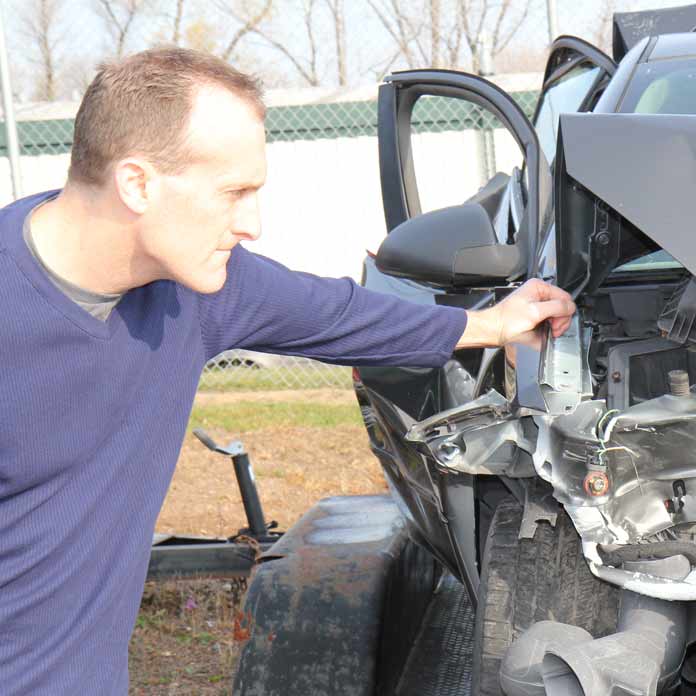The question we get most often is “How much is my accident case worth?” In the case of head trauma, that can be difficult to determine. That is why we hire medical experts and do a careful analysis of how the trauma is affecting our client’s life. Even the issue of medical expenses is complex because future medical needs should be paid for by the party responsible for the accident. The estimate needs to be something that will fully compensate the injury victim for those expenses.
Head trauma includes scalp injuries, skull fracture, intracerebral hematoma, cerebral concussions, intracranial hematoma, penetrating brain injury and diffuse axonal injury. One of the most severe head trauma cases we handled involved a man whose head was crushed by a tow truck hook. He suffered numerous skull fractures, the loss of one eye, and permanent brain damage. His life and the lives of his loved ones were changed forever.

Head Trauma and Brain Damage
In all but the mildest of cases, head trauma involves brain injury, and brain injury always involves some level of neurological damage. Brain injury caused by head trauma is called traumatic brain injury (TBI). In every case, mild or severe, TBI is serious, and accident victims deserve full and adequate compensation.
The most common manifestations of neurologic trauma are confusion, memory loss and personality changes. In addition, the accident victim may experience any of the following:
- information processing difficulties
- disinhibition
- decreased initiative
- decrease language comprehension
- other speech and language problems.
Head Trauma Fractures
Head trauma can result in skull and facial fractures. The eyes, nose and ears can be affected, resulting in blindness or loss of smell or hearing. Some possible facial fractures include the following:
- nasal and naso-orbital-ethmoid (NOE) fractures
- orbital fractures (7 bones – ethmoid, maxilla, zygoma, lacrimal, palatine, sphenoid, frontal)
- zygomatic complex fractures (trimalar, tripod, malar complex, tetrapod, maxillary complex, orbitozygomaticomaxillary)
- palatal and La Fort fractures
- mandibular condylar (jaw fracture) and sub condylar fractures.
There are a number of different types of skull fractures:
- simple fracture, a break in the bone without damage to the skin
- linear skull fracture, a break in a cranial bone resembling a thin line, without splintering, depression, or distortion of bone
- depressed skull fracture, a break in a cranial bone (or “crushed” portion of skull) with depression of the bone in toward the brain
- penetrating skull fracture, which occurs when something pierces the skull
- compound fracture, a splintering of the bone.
Our attorneys have been speakers at legal education seminars, discussing head trauma and brain injury litigation. Our law firm is listed in U.S. World Report’s The Best Law Firms in America.